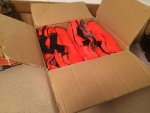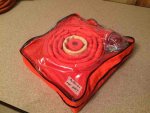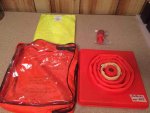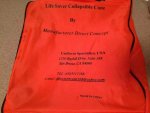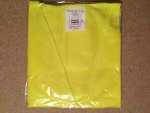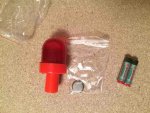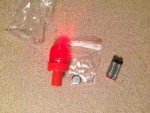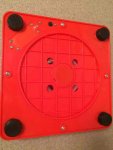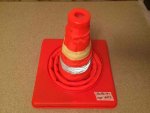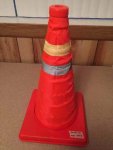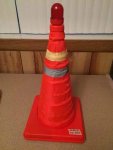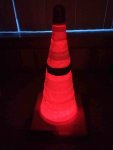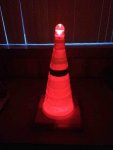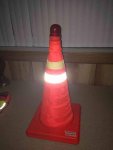quickfarms
Well-known member
- 3,495
- 25
- 48
- Location
- Orange Junction, CA
Guard rails can be your friend.
If you have to stop in front of the guard rail. It is best to get out of the vehicle and wait on the other side of the guard rail behind the disabled vehicle if there is room
I see a lot of people that sit on the guard rail or stay in there vehicle which is bad in this case.
If possible drive to the end of the guard rail and tuck the vehicle so the side of the vehicle is behind the line of the guard rail.
One thing that I was taught and believe is watch out for yourself. Assume the other drivers do not know you are there. I will always run a 2 man crew for safety even though the technology allows us to run a one man crew.
Be safe the roads are a dangerous and I have seen many wild things over the years and lost a few friends that were following all the rules.
If you have to stop in front of the guard rail. It is best to get out of the vehicle and wait on the other side of the guard rail behind the disabled vehicle if there is room
I see a lot of people that sit on the guard rail or stay in there vehicle which is bad in this case.
If possible drive to the end of the guard rail and tuck the vehicle so the side of the vehicle is behind the line of the guard rail.
One thing that I was taught and believe is watch out for yourself. Assume the other drivers do not know you are there. I will always run a 2 man crew for safety even though the technology allows us to run a one man crew.
Be safe the roads are a dangerous and I have seen many wild things over the years and lost a few friends that were following all the rules.


